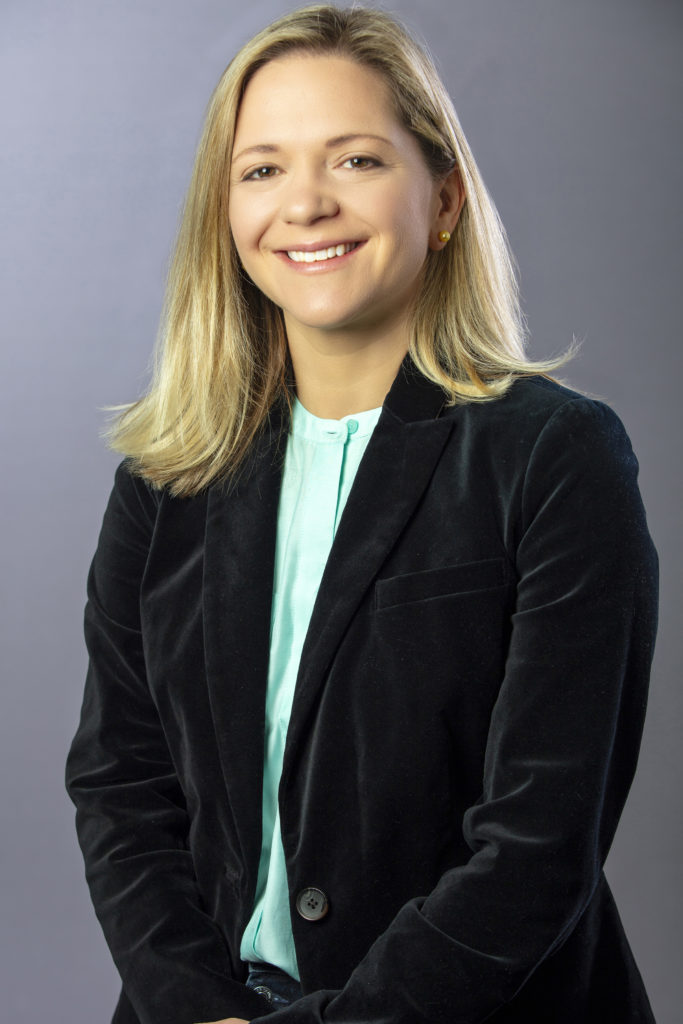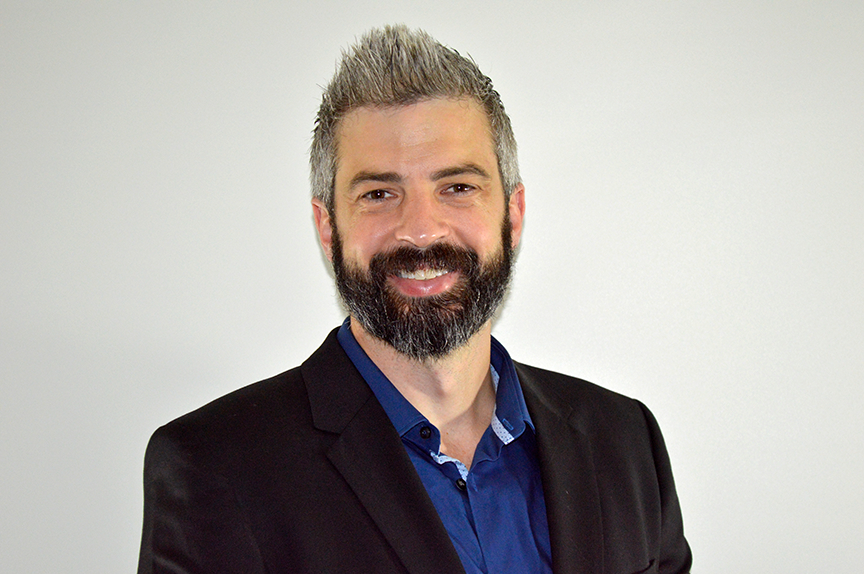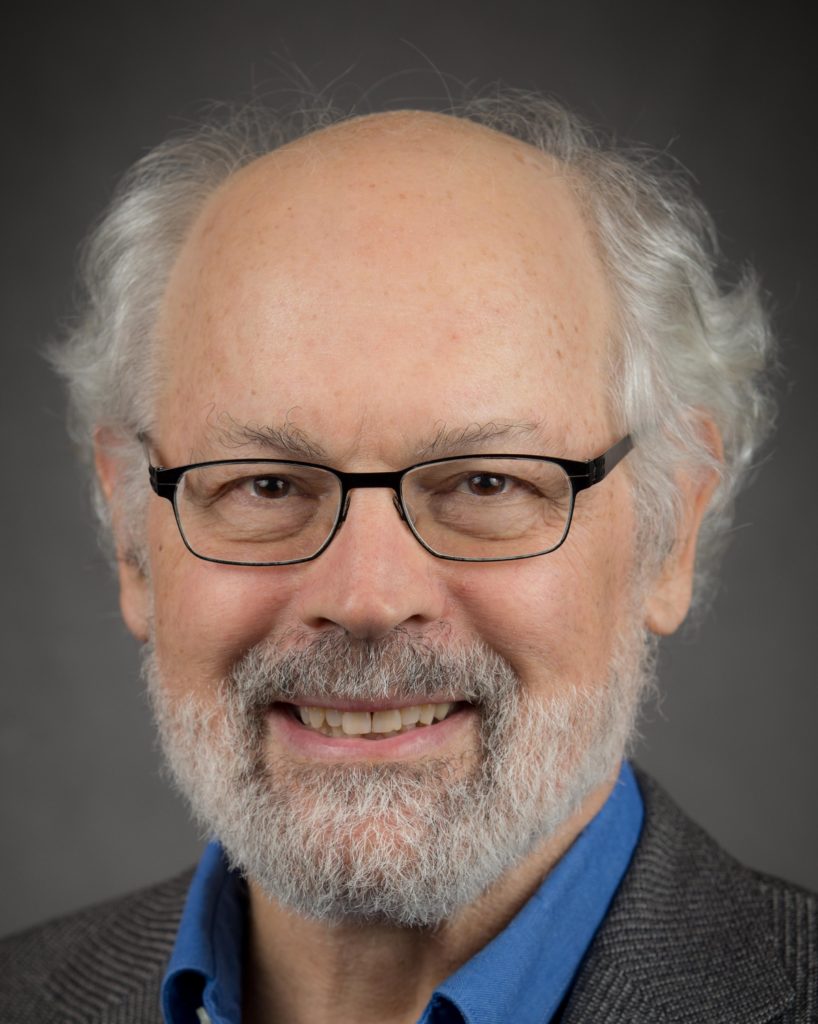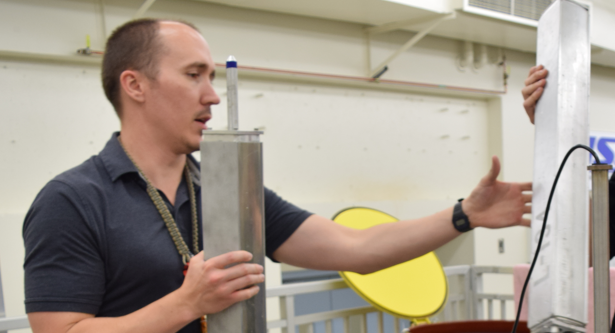Archive for February 2023
Design of the first fusion laboratory experiment to achieve target gain
SPEAKER: Dr. Andrea (Annie) Kritcher Team lead in the Inertial Confinement Fusion program and Group leader in Design Physics DATE/TIME: FRI, 02/24/2023 – 11:00AM TO 12:00PM LOCATION: 3105 ETCHEVERRY HALL Spring 2023 Colloquium Series The inertial fusion community have been working towards ignition for decades, since the idea of inertial confinement fusion (ICF) was first…
Read MoreAb Astris ad Terram, ad Astra Iterum: Radiation Effects Engineering – An Overview
SPEAKER: Greg Allen Senior Radiation Effects Engineer, Center for Space Radiation Lead DATE/TIME: FRI, 02/17/2023 – 3:00PM TO 4:00PM LOCATION: 3105 ETCHEVERRY HALL Spring 2023 Colloquium Series Abstract: Radiation effects engineering is a highly multidisciplinary, rapidly growing field within the aerospace industry. NASA Jet Propulsion Laboratory’s Greg Allen will be discussing the fundamentals of the…
Read MoreOverview of INL RELAP5-3D system code and examples of application to reactor analysis.
SPEAKER: Dr. Paolo BALESTRA ART-GCR Methods Lead DATE/TIME: FRI, 02/10/2023 – 3:00PM TO 4:00PM LOCATION: 3105 ETCHEVERRY HALL Spring 2023 Colloquium Series Abstract: RELAP5-3D is the latest in the RELAP5 code series developed at Idaho National Laboratory (INL) for the analysis of transients and accidents in water-cooled nuclear power plants and related systems as well…
Read MoreGlobal Famine after Nuclear War
SPEAKER: Professor Alan Robock Department of Environmental Sciences Rutgers University New Brunswick, NJ, USA http://climate.envsci.rutgers.edu/nuclear/ E-mail: robock@envsci.rutgers.edu DATE/TIME: FRI, 02/03/2023 – 3:00PM TO 4:00PM LOCATION: 3105 ETCHEVERRY HALL Spring 2023 Colloquium Series Abstract: The world as we know it could end any day as a result of an accidental nuclear war between the United States…
Read MoreManaging Operational Risk in Nuclear Facilities with TensorFlow
SPEAKER: William Zywiec Staff Scientist and Group Leader in the Nuclear Criticality Safety Division at Lawrence Livermore National Laboratory DATE/TIME: FRI, 02/03/2018 – 3:00PM TO 4:00PM LOCATION: 3105 Etcheverry Abstract: Since the discovery of fission and subsequent first criticality of Chicago Pile-1, more than 60 criticality accidents have occurred throughout the world. These accidents are…
Read More



